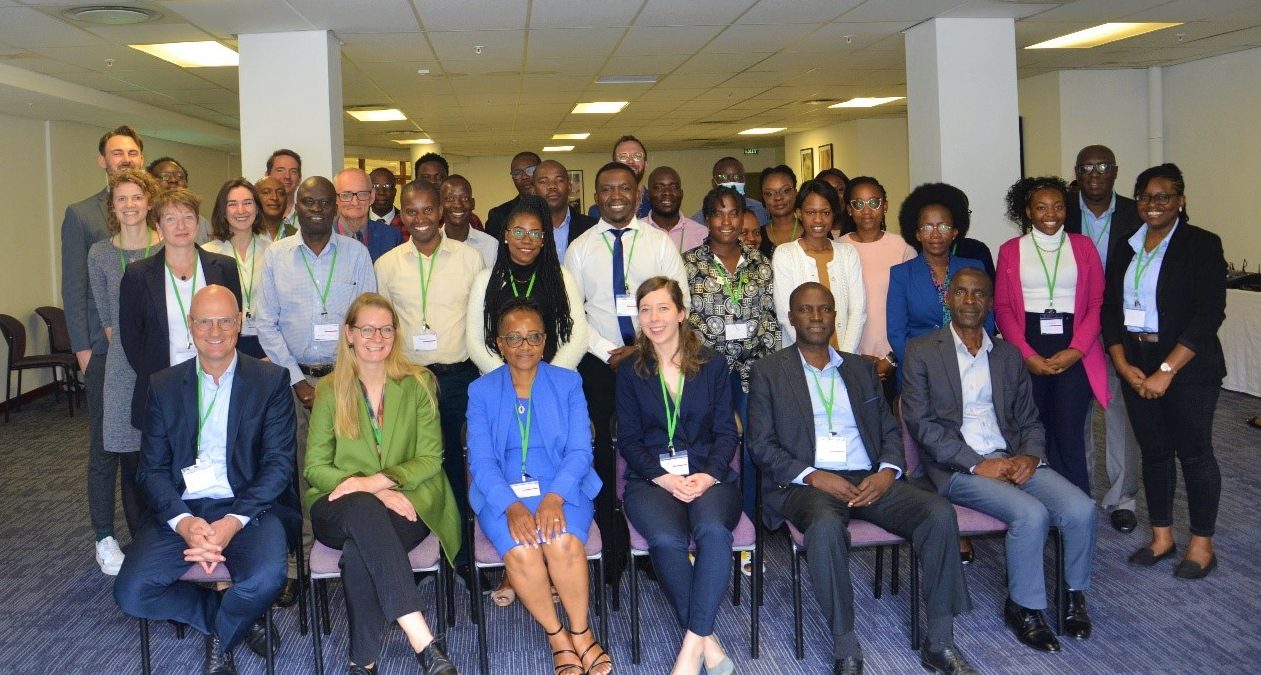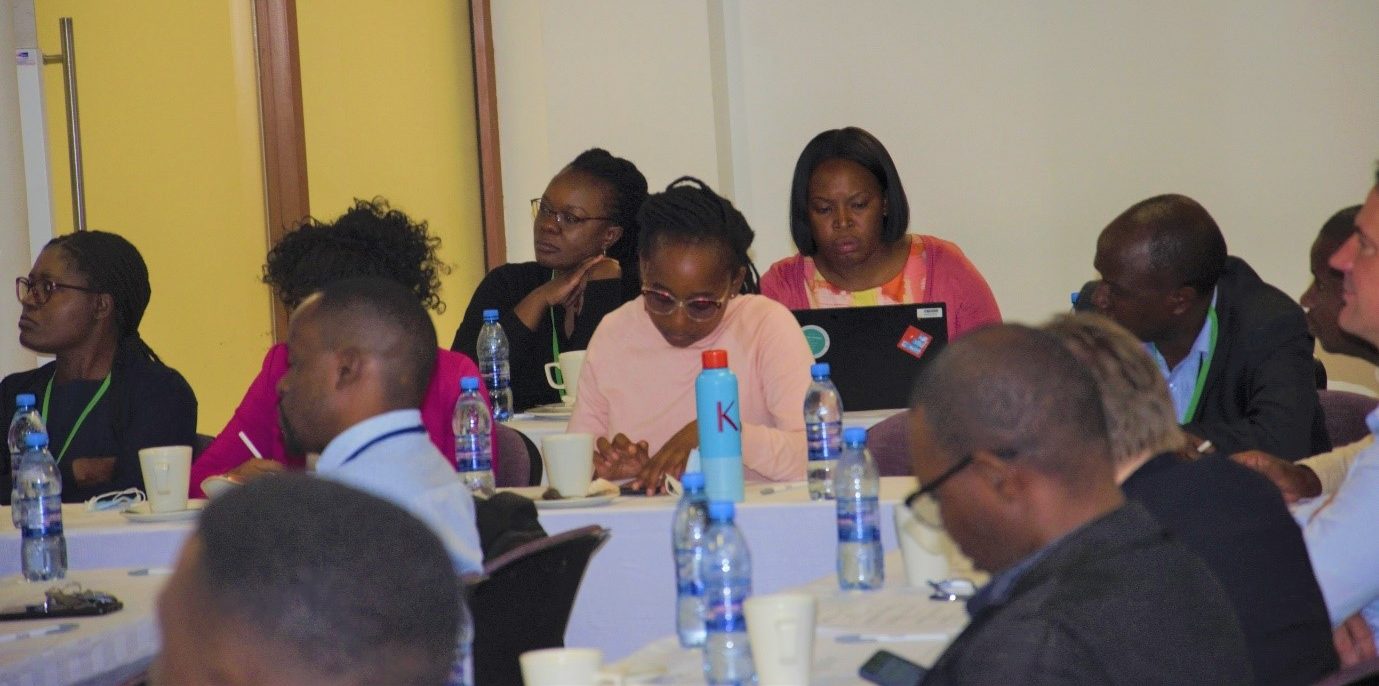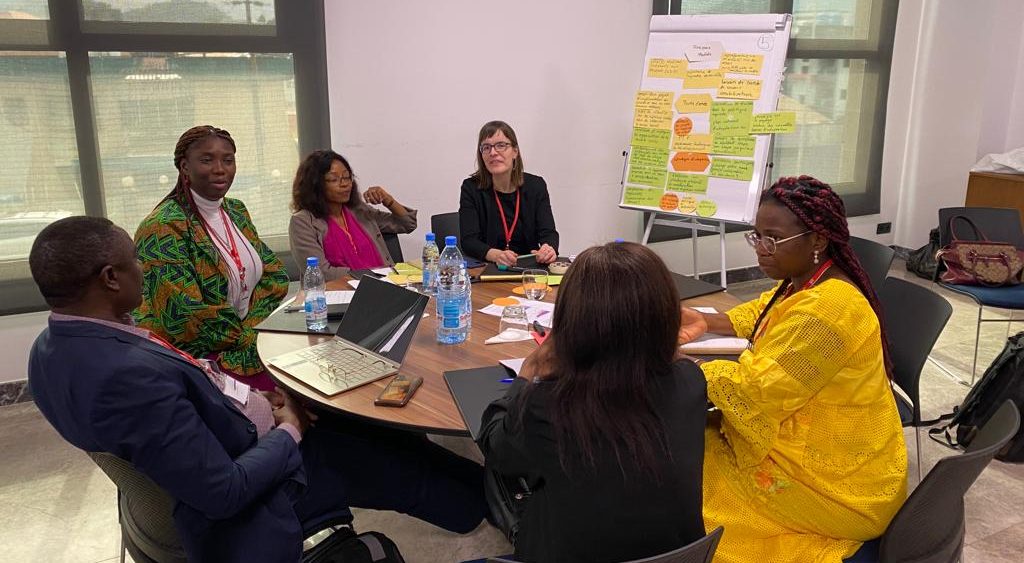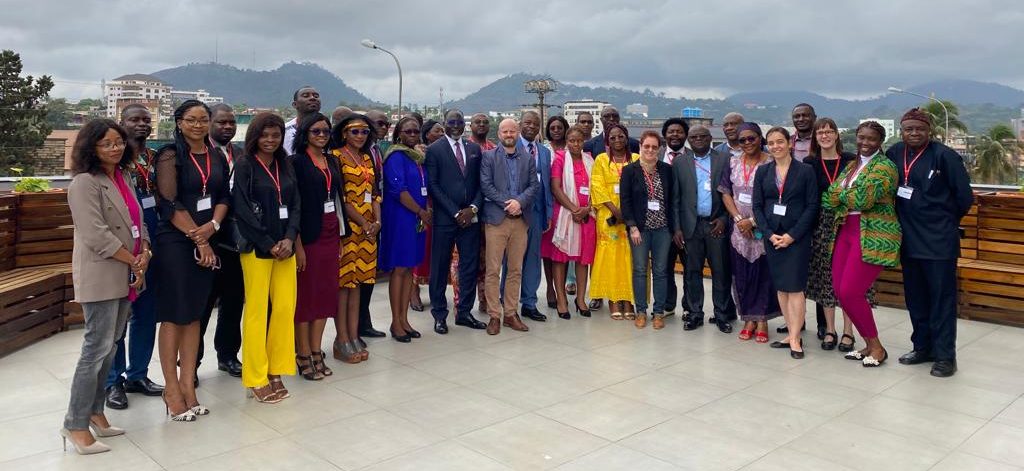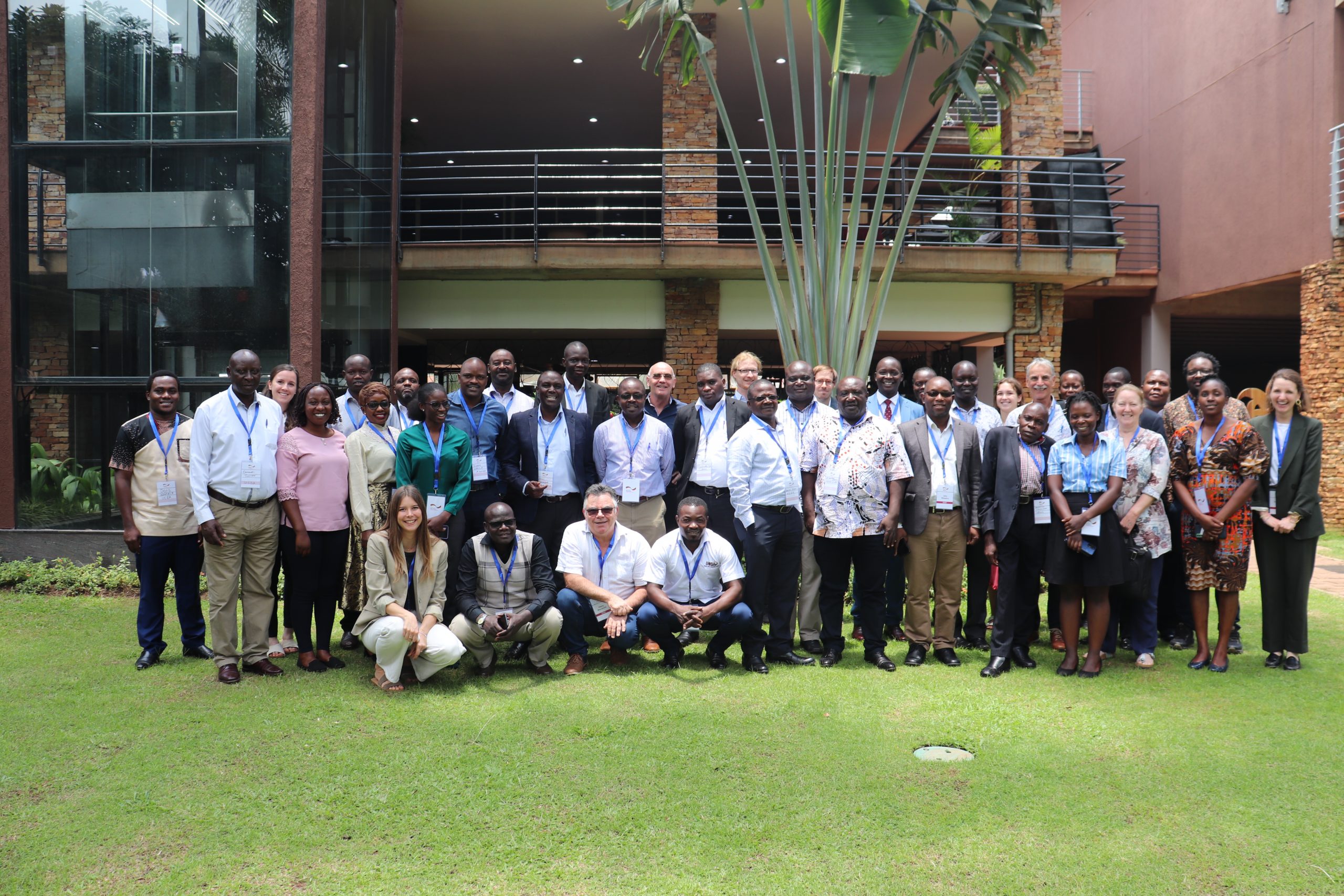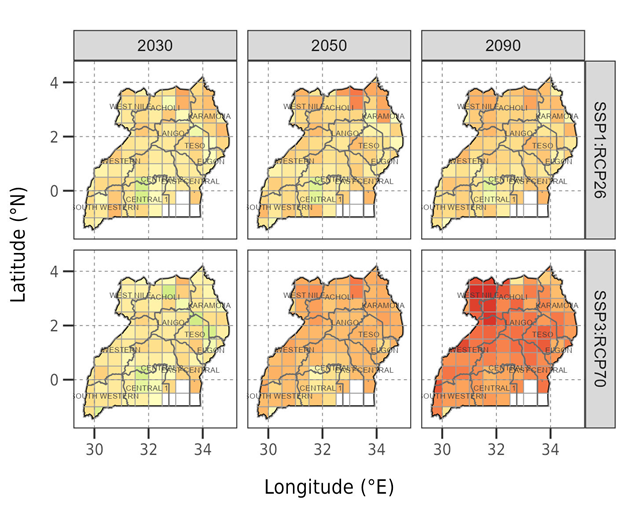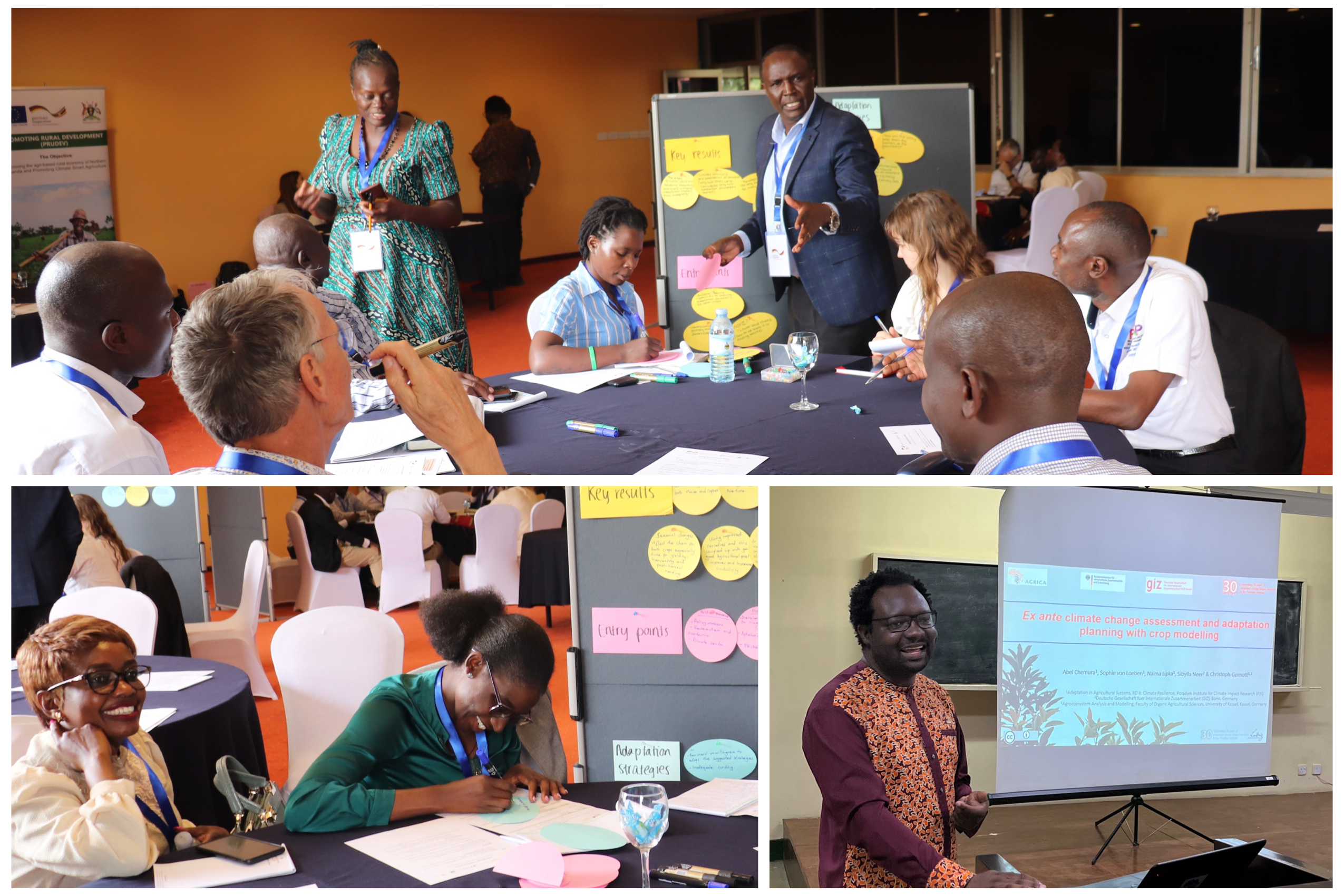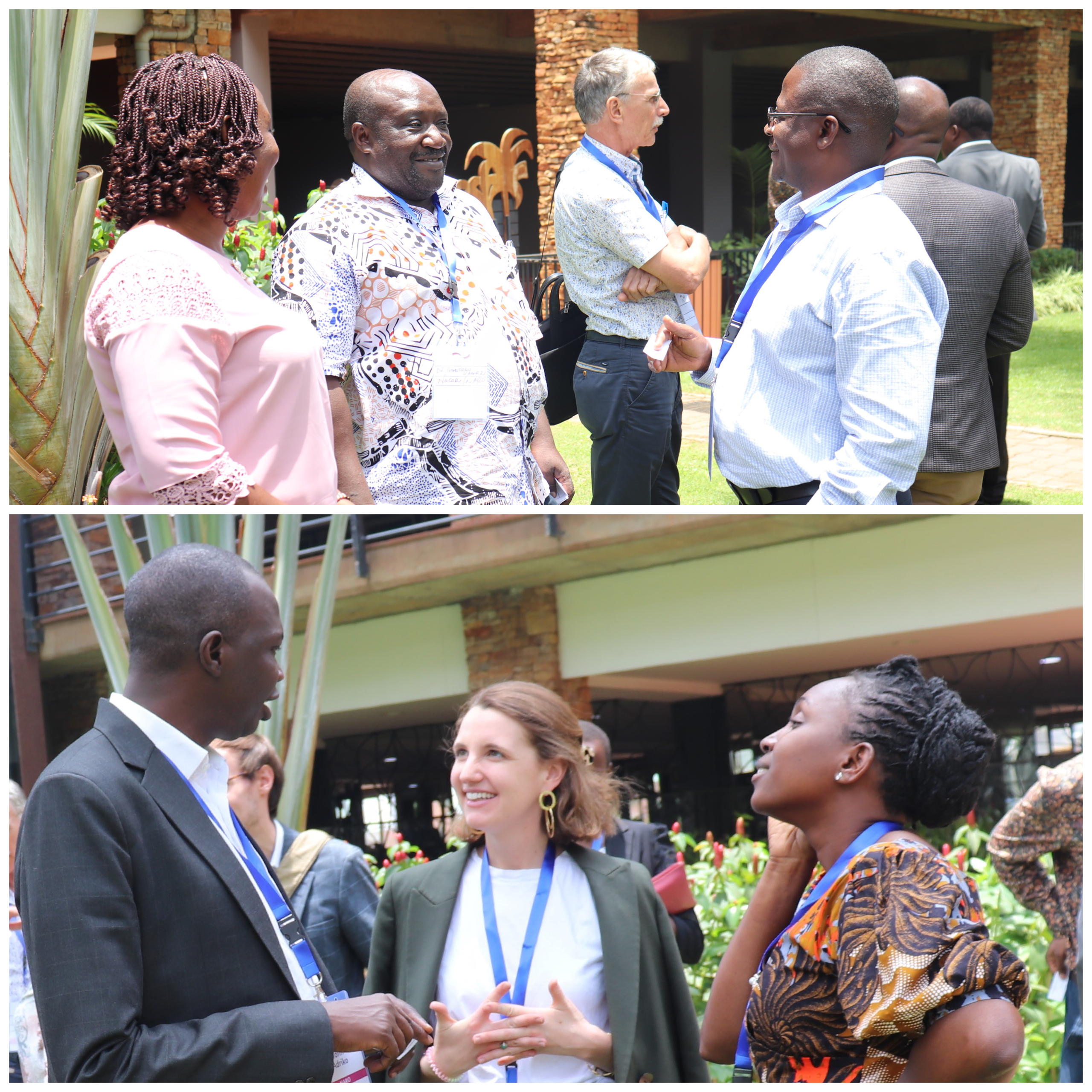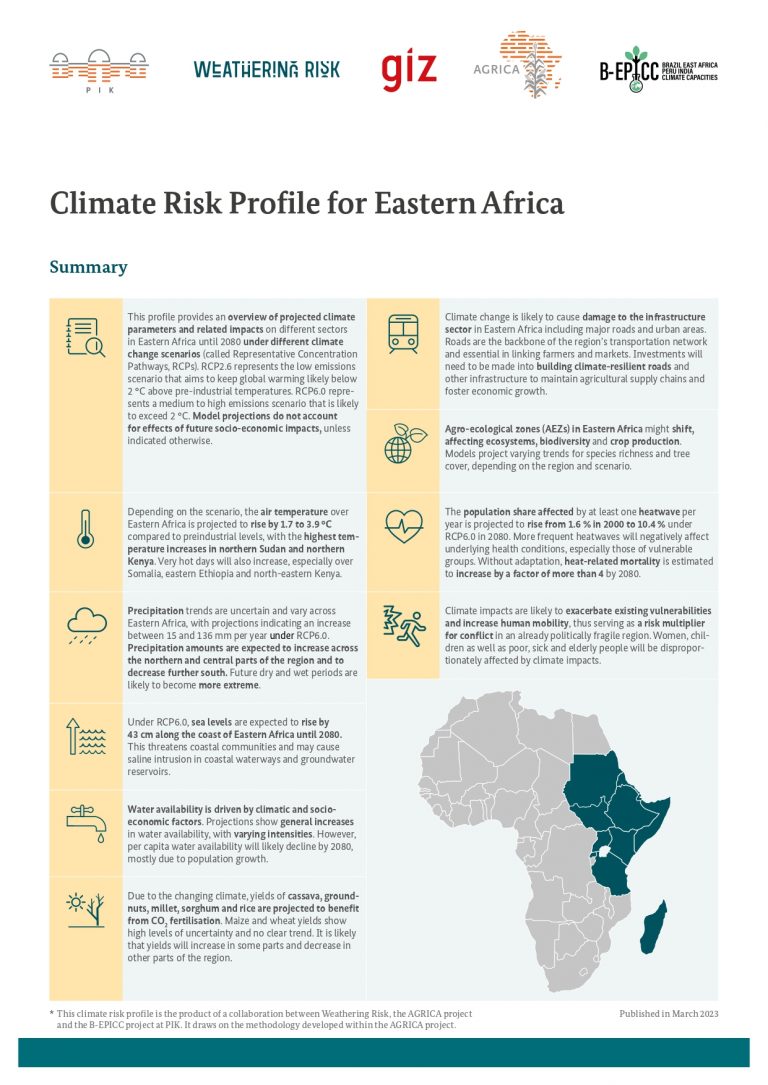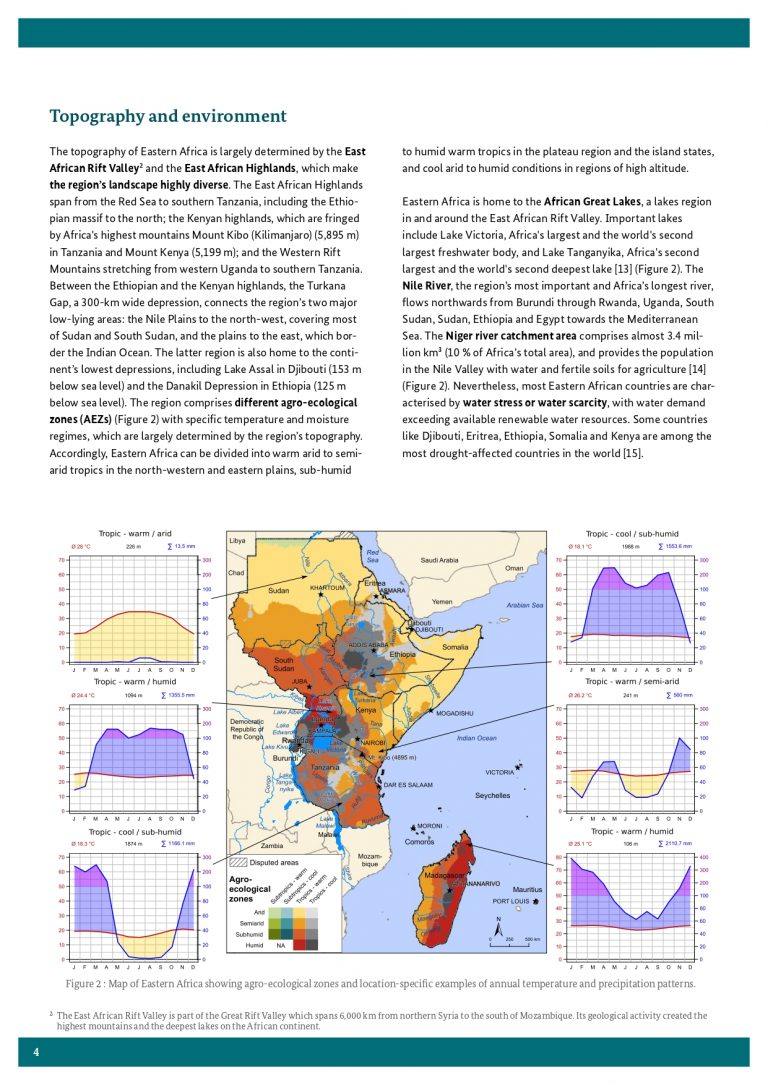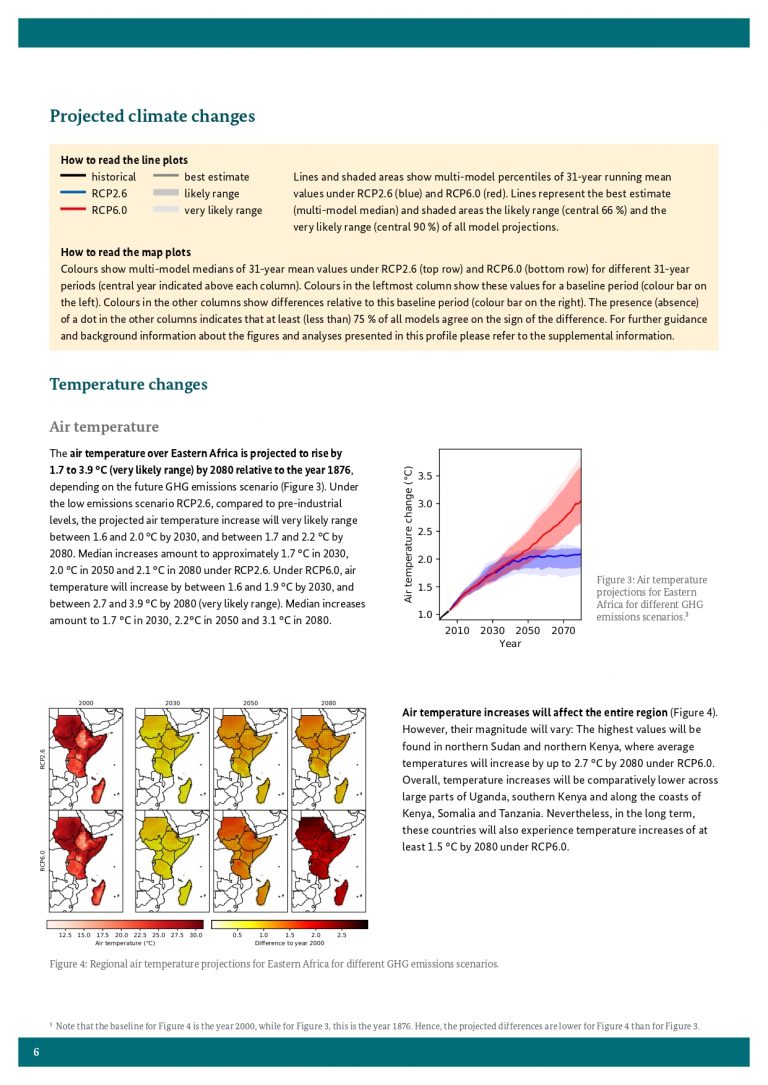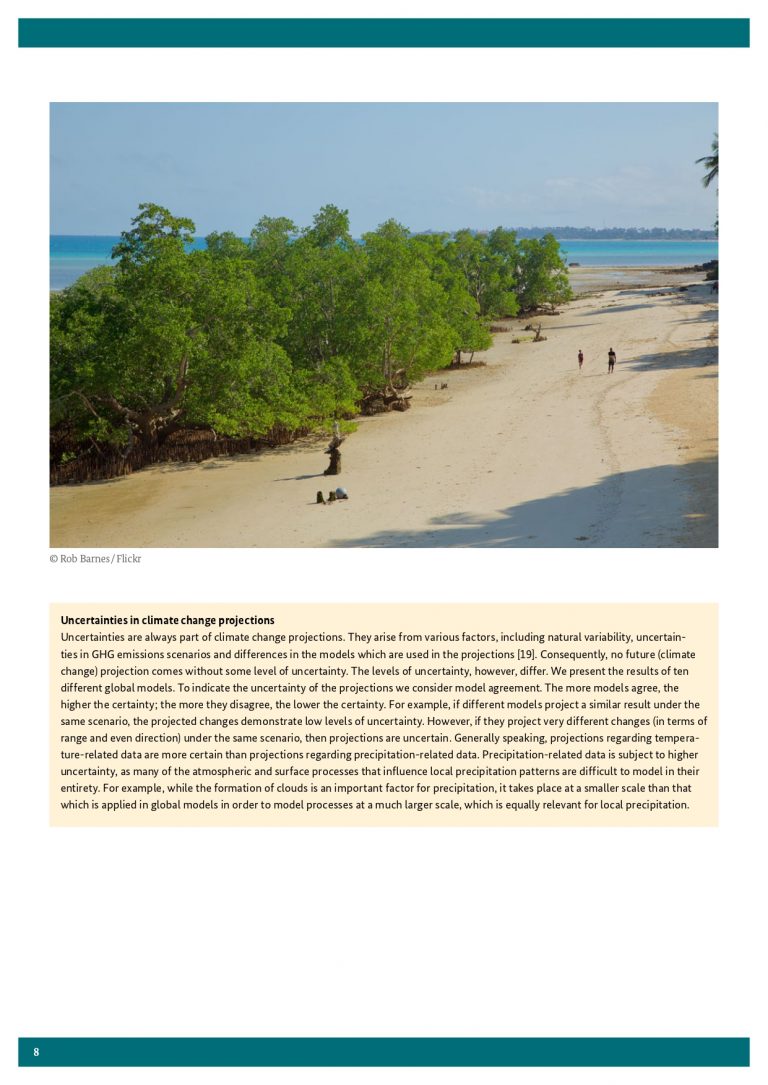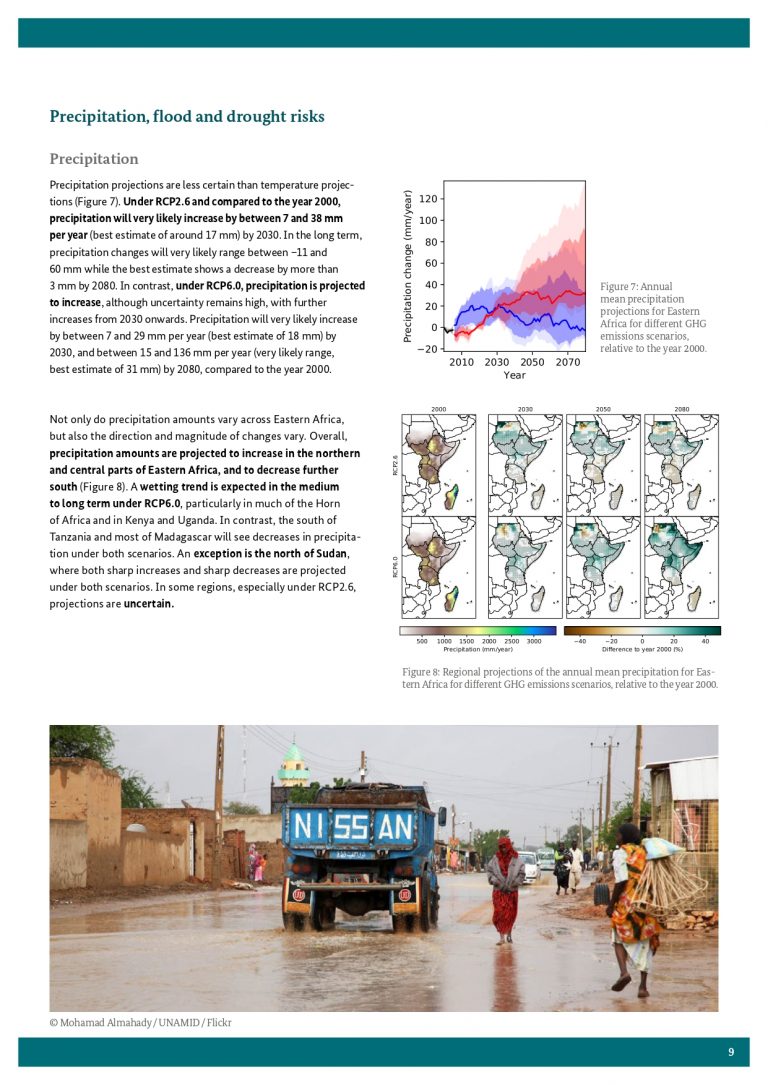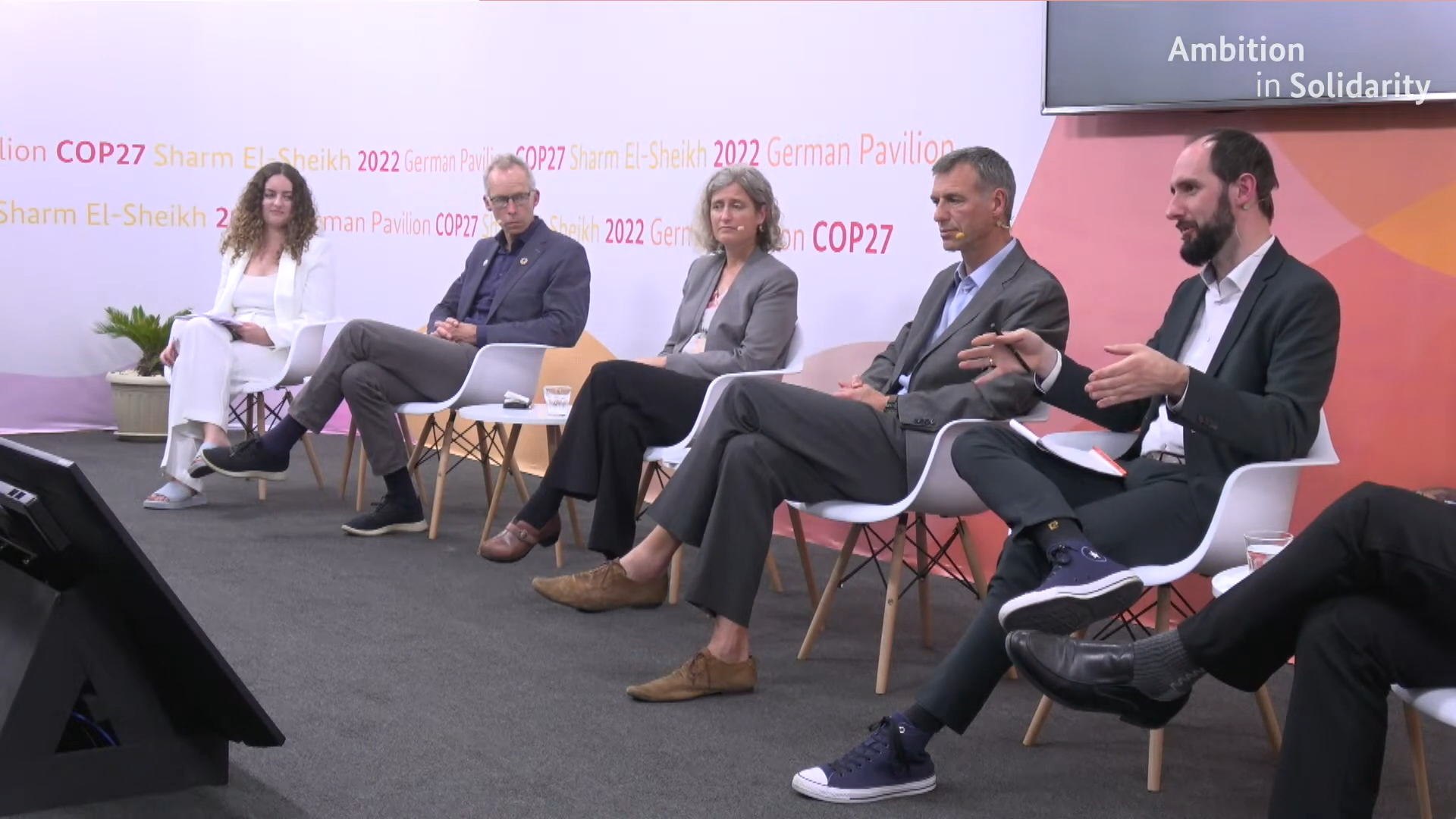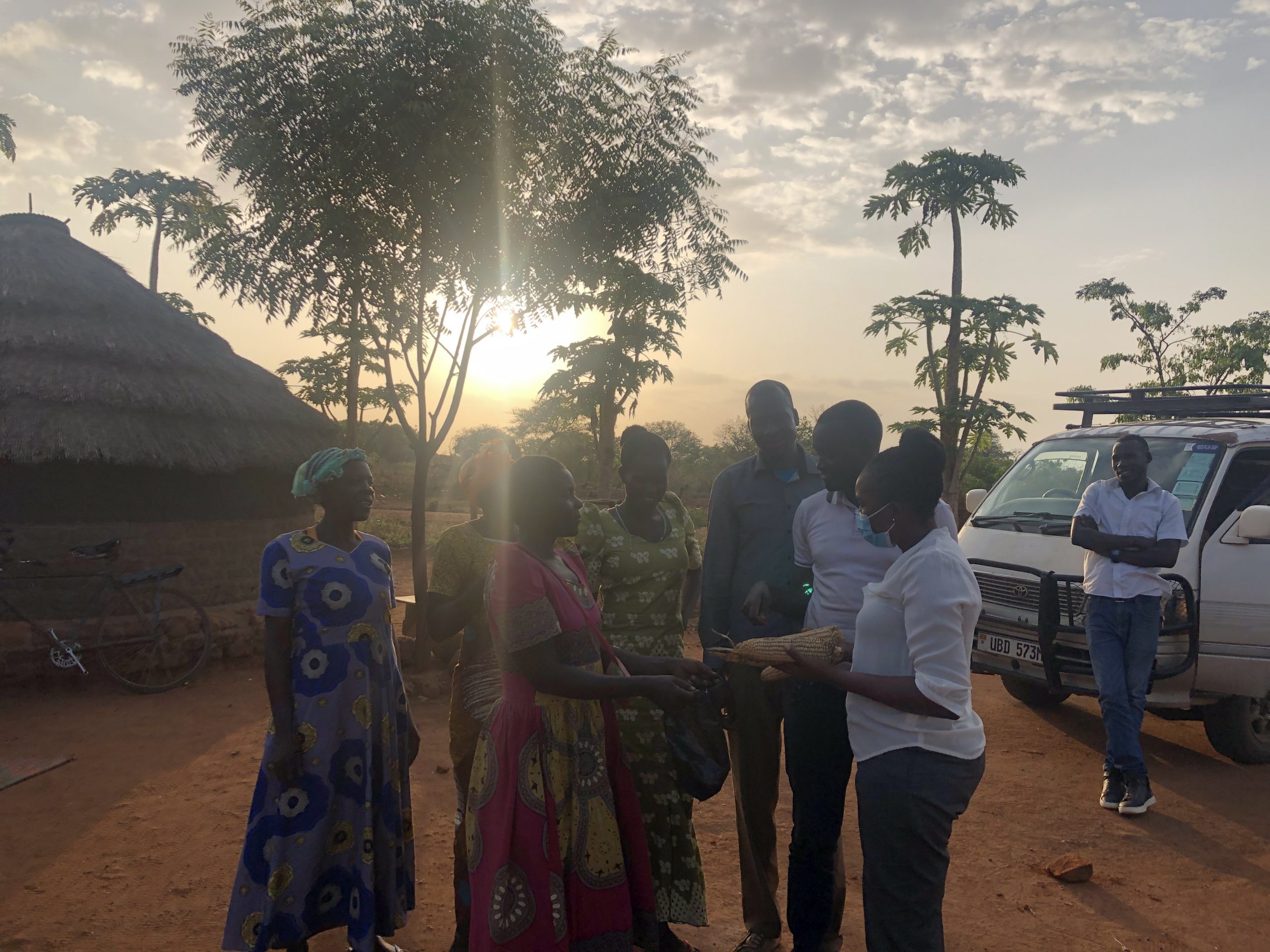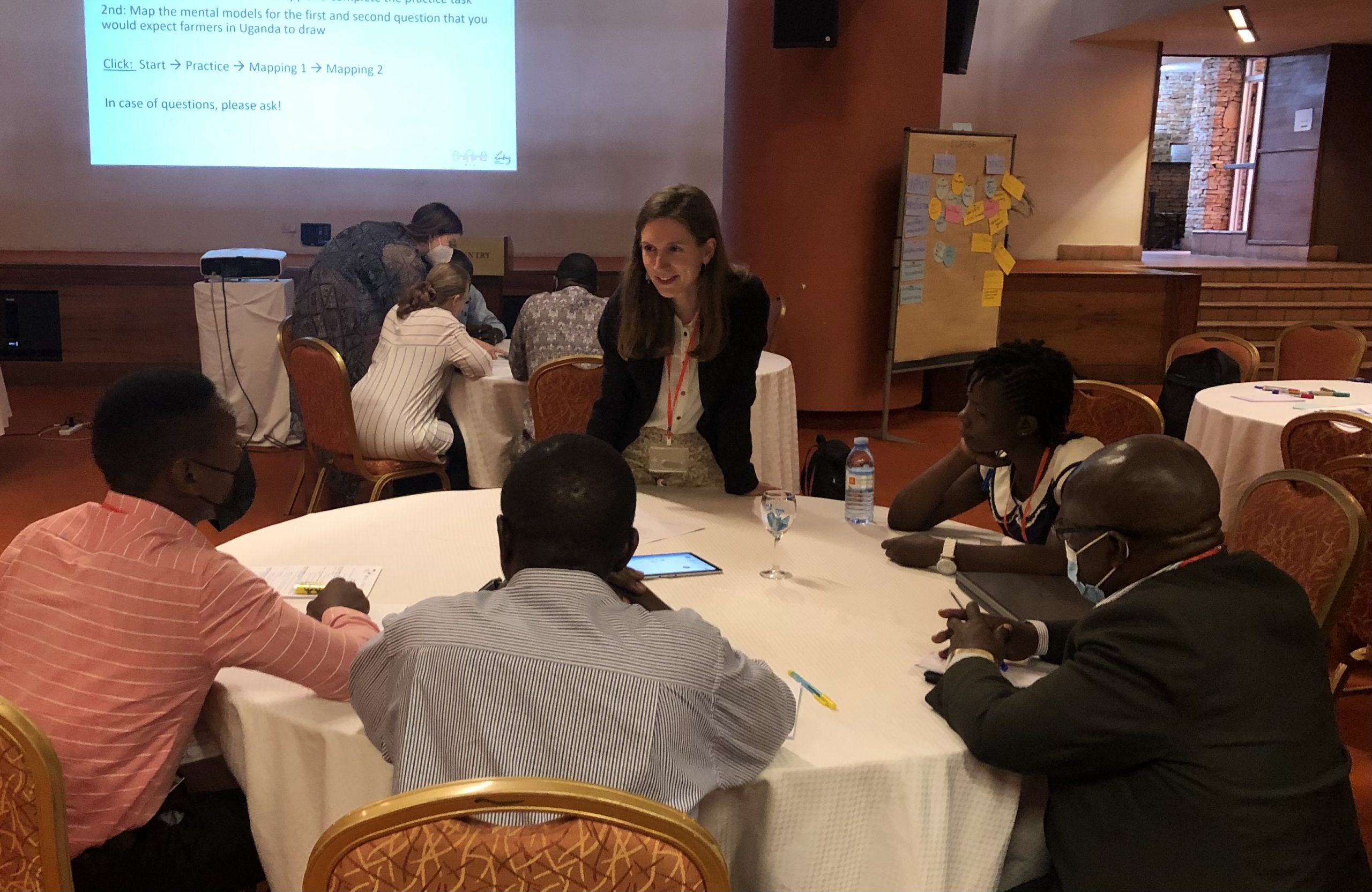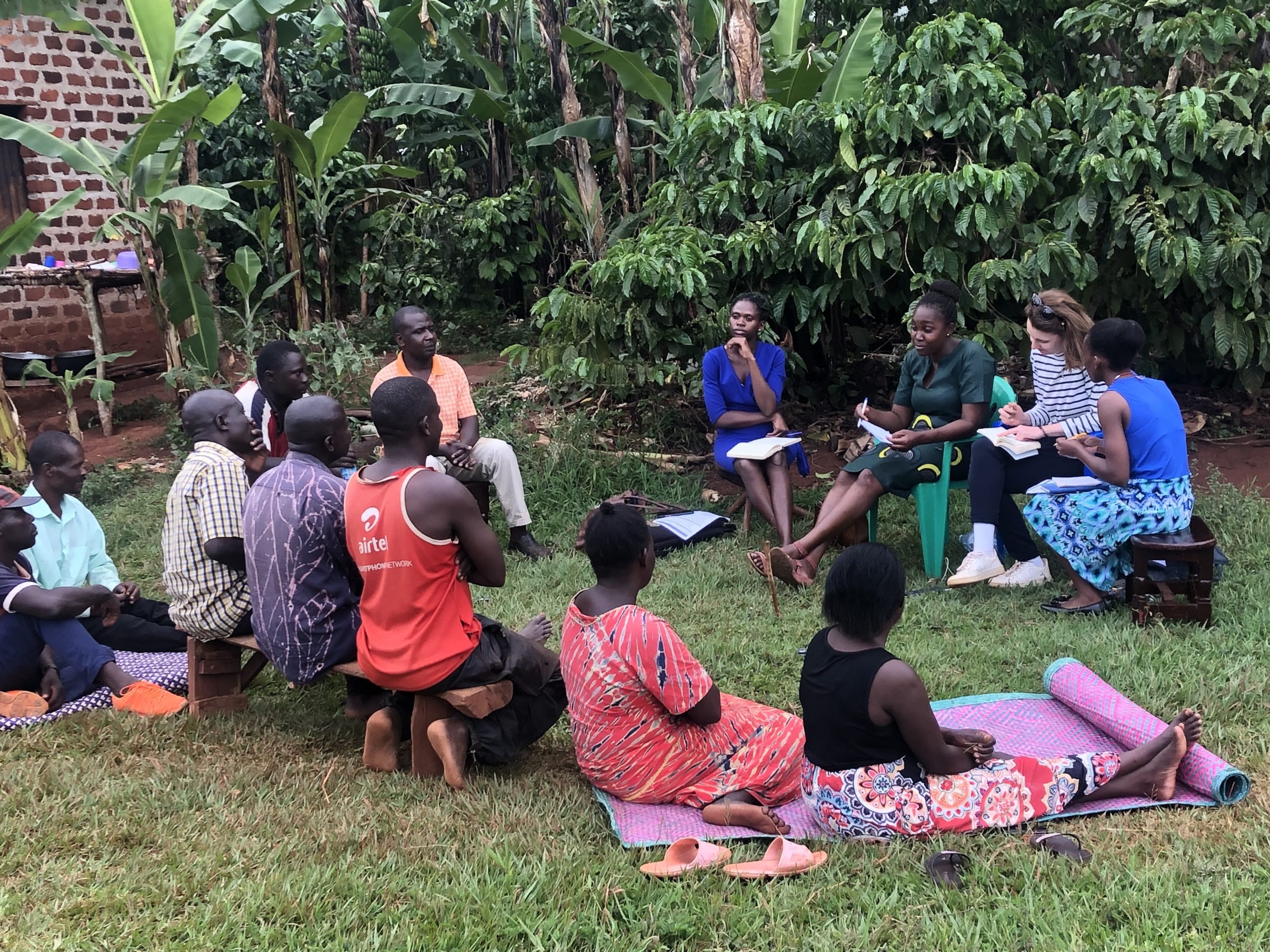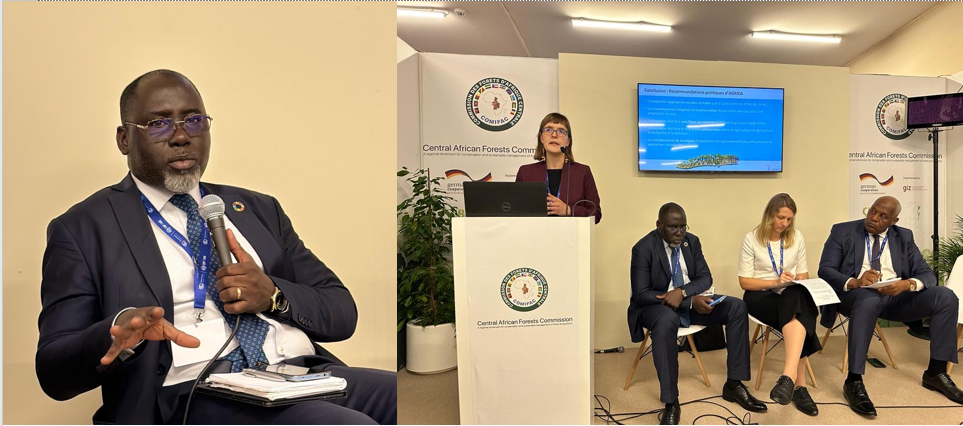
The climate risk analysis for Cameroon was prominently launched in the COMIFAC (Commission des Forêts d’Afrique Centrale) Pavilion at COP28 in Dubai. Key stakeholders from Cameroon, including the Ministry of Environment, Nature Protection and Sustainable Development (MINEPDED) and the National Observatory on Climate Change (ONACC), discussed together with the German Federal Ministry for Economic Cooperation and Development (BMZ) and the Potsdam Institute for Climate Impact Research (PIK) how the results of the study could be used, what role science plays in designing targeted adaptation strategies and how multi-stakeholder collaboration can maximise adaptation efforts. The climate risk analysis for Cameroon aimed to assess climate impacts on maize, cocoa and cassava, along with trends in deforestation, which have important implications for land-use planning in the country. Additionally, the study focused on the evaluation of improved seeds, agroforestry and soil management as adaptation strategies, which were selected together with local stakeholders. Moreover, the change in grassland productivity and the role of gender and other intersecting social factors were examined for a holistic climate risk assessment.
In addition to COP28, the three climate risk analyses were launched at the Sector Network Rural Development (SNRD) Africa Conference on October 10th, 2023, with an active audience who contributed many relevant comments and questions both on site and online. The climate risk analysis for Uganda focused on two crops – coffee and maize – and followed a value chain approach, analysing climate impacts and possible adaptation strategies along the entire agricultural value chain. In the case of Zambia, the climate risk analysis evaluated climate impacts on sorghum, maize and groundnut, and the potential of conservation agriculture and early warning systems as adaptation strategies. The analysis considered the risk mitigation potential of these adaptation strategies, their respective cost-effectiveness, financing options and the role of gender in adaptation efforts.
Since its inception in 2018, AGRICA developed 9 climate risk analyses and 16 climate risk profiles for selected countries in sub-Saharan Africa. Although the project is coming to an end this year, PIK and BMZ already embarked on a new phase of collaboration, focusing more in-depth on climate impacts and adaptation in coffee value chains in the project AfriValue.
All climate risk analyses and climate risk profiles can be downloaded here.




